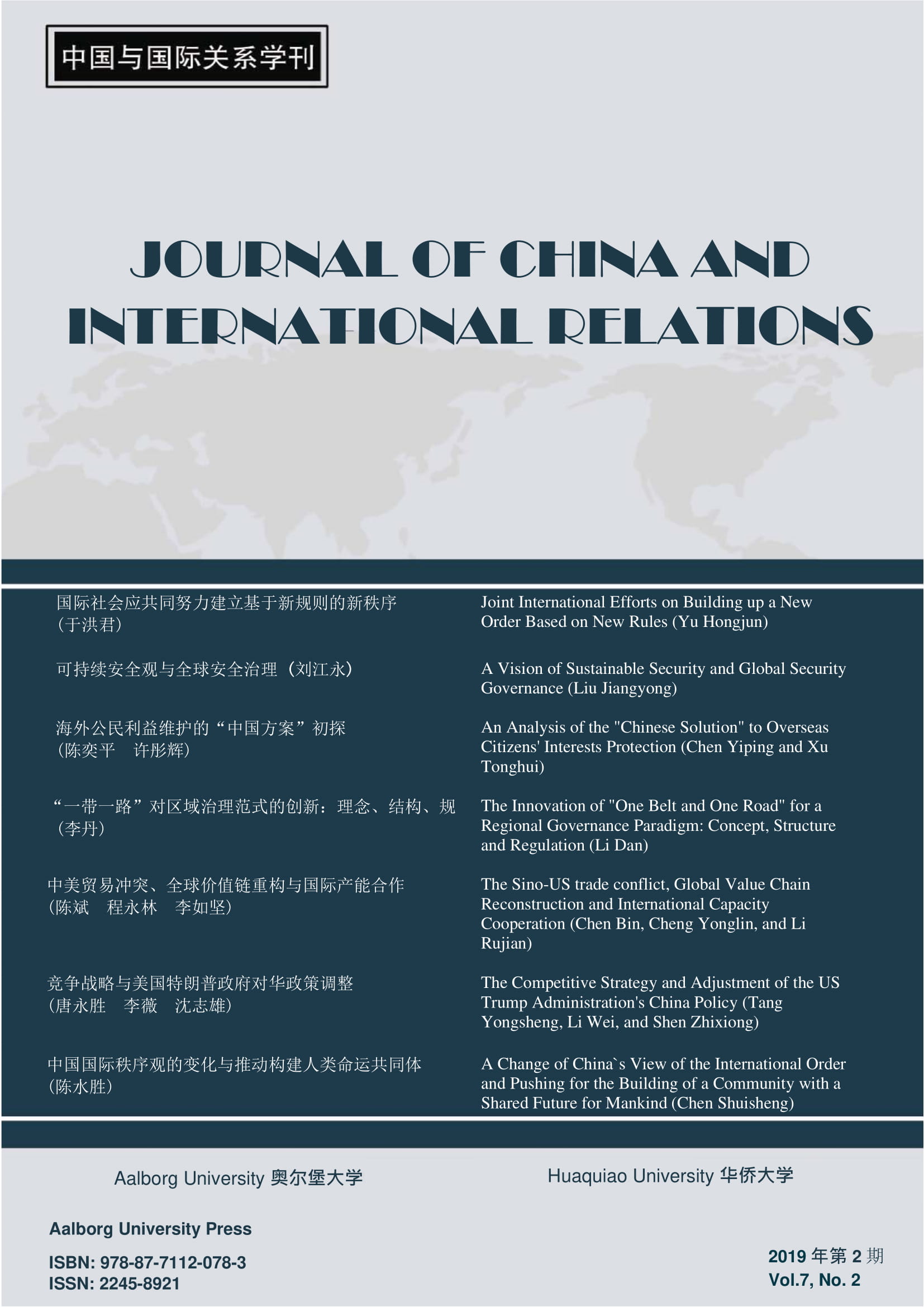The Innovation of "One Belt and One Road" for a Regional Governance Paradigm: Concept, Structure and Regulation/“一带一路”对区域治理范式的创新:理念、结构、规范
DOI:
https://doi.org/10.5278/jcir.v7i1.3575Abstract
The Belt and Road Initiative (BRI) has emerged as a new model of regional governance at a moment of an increasing deficit of global governance and a governance dilemma in the European Union. In the past several years, during the consultations with the respective countries, the BRI has shocked the traditional western governance paradigm from the perspective of governance concept, structure and regulation. The BRI has also marked a change from Western governance emphasizing good-governance to Oriental and Chinese governance, emphasizing good-administration. From actor-oriented governance to topic-oriented governance and from pluralistic integration governance to multivariate, multibody governance. Those changes indicate the characteristics of the BRI based on resolving problems under shared circumstances, building consensus with shared ideals, searching for new ideas with shared needs, and would help to provide a regional governance transition with a feasible and referable model providing promising prospects.
Key words: The Belt and Road Initiative (BRI), Governance Paradigm, Concept, Structure, Regulation
Downloads
Published
Issue
Section
License
Articles published in Journal of China and International Relation are following the license Creative Commons Attribution-NonCommercial-NoDerivs 3.0 Unported (CC BY-NC-ND 3.0)
Authors retain copyright and grant the journal right of first publication with the work simultaneously licensed under a Creative Commons Attribution License: Attribution - NonCommercial - NoDerivs (by-nc-nd). Further information about Creative Commons



